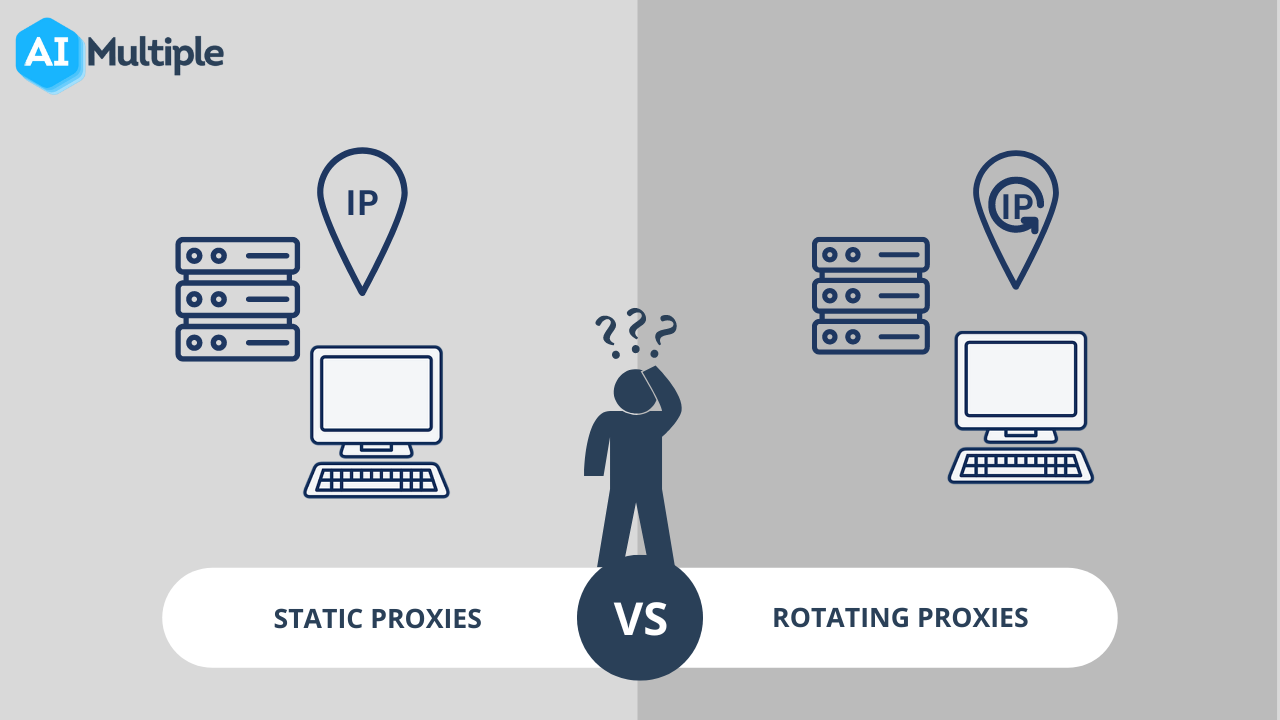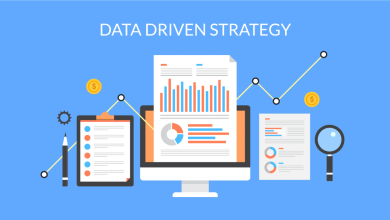
The increasing intricacies of the digital world come with the need for new technologies that can handle the speed and magnitude of tasks like web scraping, SEO monitoring, or data pricing. One of the most powerful but simple concepts that rests at the center of these processes is the rotating proxy. For organizations with a constant need for large and reliable data, these IP management systems that automatically change the user’s IP address at set intervals or per request have now become critical.
However, rotating proxies are no longer the niche tools reserved for shadowy data operations or cybersecurity experts. They now serve as the backbone for legit business operations such as advertisement verification, affiliate business monitoring, eCommerce intelligence, and content aggregation. The importance of rotating proxies underscores a wider truth regarding the current state of the internet: the bulk of the value harvested from online platforms by businesses relies on how freely and in what volume those platforms can be accessed without throttling or blocking. For high-frequency tasks where IP churn matters, the Multilogin residential proxy gateway pairs rotating real-user IPs with profile-level routing — reducing blocks and improving success rates for large-scale automation.
The Challenge of High-Frequency Access
Advanced anti-bot and traffic control systems are adopted by most websites nowadays. These systems are trained to detect high-frequency activity patterns such as multiple requests from one IP at the same time, monotonous browsing patterns, or some cyclical rhythm without variation. The availability of public facing data like market prices, search engine rankings, or product listings pose a big problem for businesses that thrive on frequent data access.
Rotating proxies solve this problem by spreading the workload across a pool of IP addresses, simulating that each request is made by a different user from various locations around the world. In this manner, their use avoids LLM rate-limiting, reduces the risk of blacklisting, and enhances the chances of harvesting large volumes of data.
As cited by a 2023 MarketsandMarkets report, the web scraping software industry, which relies heavily on proxy infrastructure, is estimated to reach $2.5 billion by 2027, with a 13.1% CAGR. This growth stems from the emerging need for dependable information-resilient data gathering systems, such as rotating proxies.
 How Rotating Proxies Work
How Rotating Proxies Work
Rotating proxies operate by routing internet requests through a pool of IP addresses. Depending on the configuration, these IPs may rotate based on each request, after set intervals, or at the conclusion of a session. Some systems boast integrating millions of residential, mobile, or datacenter IPs, enabling users to portray authentic actions at scale.
A price monitoring bot that attempts to scrape data from 10,000 product pages on Amazon on an hourly basis, for instance, would get flagged and blocked almost instantly if it attempted to do so over a single IP address. With a rotating proxy pool, the bot is able to distribute the requests so that it can simulate the actions of thousands of individual shoppers, evading detection from Amazon’s algorithms.
This makes rotating proxies a go-to solution for travel comparison businesses, where even split second changes in prices occur, and for the digital advertising industry, where almost real time monitoring of ad placements and impressions are required.
Industry Use Examples
SEO specialists in the digital marketing sphere have to keep track of keyword rankings by location or device type and risk getting blocked by search engine CAPTCHAs or blocks, for which they use rotating proxies. The same is true for affiliate marketers who need to confirm that promotions are showing up correctly across partner sites worldwide.
Rotating proxies serve as the backbone for product intelligence tools in retail and e-commerce. Proxies are crucial to platforms such as SmartScout and Jungle Scout that rely on these proxies to scrape data related to product availability and pricing for seamless operations.
Even in finance, investment firms now employ rotating proxy infrastructure for sentiment analysis, monitoring thousands of news outlets and social media platforms looking for changes in public perception toward brands, products, or market events. The ability to perform these tasks seamlessly and continuously without break gives firms an advantage in the timing of strategic decisions in portfolio risk management.
Speed, Anonymity, and Data Quality
Rotating proxies differ vastly from static proxies, which offer no anonymity and redundancy. Unlike rotating proxies, static proxies can easily be blocked during high-volume tasks because they use the same IP address. If one IP is blacklisted, the system automatically changes to another, ensuring maximum uptime.
Understanding data veracity is one thing, and data security is other. Static proxies bound the servers’ home location while rotating proxies offers unrestricted location which makes them anonymous. Many price comparison engines and aggregator tools rely on geo-targeted data. Rotating proxies enable location specific browsing by utilizing IP addresses from different cities and countries. This flexibility allows businesses to collect data exactly as local consumers would see it, even at scale, which is especially important for multinational companies from diregulated and diverse consumer environments.
Challenges and Considerations
There are some problems associated with rotating proxies. Browsers that finger scan and scan users for behavioral analysis try to automate systems, even with IP shifts, which does not guarantee absolute safety. Also, speed and reliability across a rotating pool of proxies requires quality proxy services, which can cost as $2,000/month for premium enterprise networks.
Most cases of rotating proxy usage are legal, as they collect data that is publicly available through the internet. However, information behind firewalls that require a payment is termed web scraping and is unlawful. It breaches privacy laws as well when personal data is grabbed without the consent of the owner. Addressing website terms of service and robots.txt files, along with ensuring compliance with laws like the GDPR and CCPA, helps in making more responsible use of the system.
Conclusion
With businesses automating more of their work, like gathering insights, verifying digital presence, and benchmarking competitors, rotating proxies have become essential tools. They serve more than just as an aid; they set the groundwork for supple economies where choices are made off data and decisions. From real-time price evaluation to SEO visibility, rotating proxies give organizations that operate on set schedules the ability to conduct multiple tasks at the same time without revealing their identity. For companies that need a reliable and easy means of tapping into a digital landscape, rotating proxies help enable speed and scalability.

 How Rotating Proxies Work
How Rotating Proxies Work


